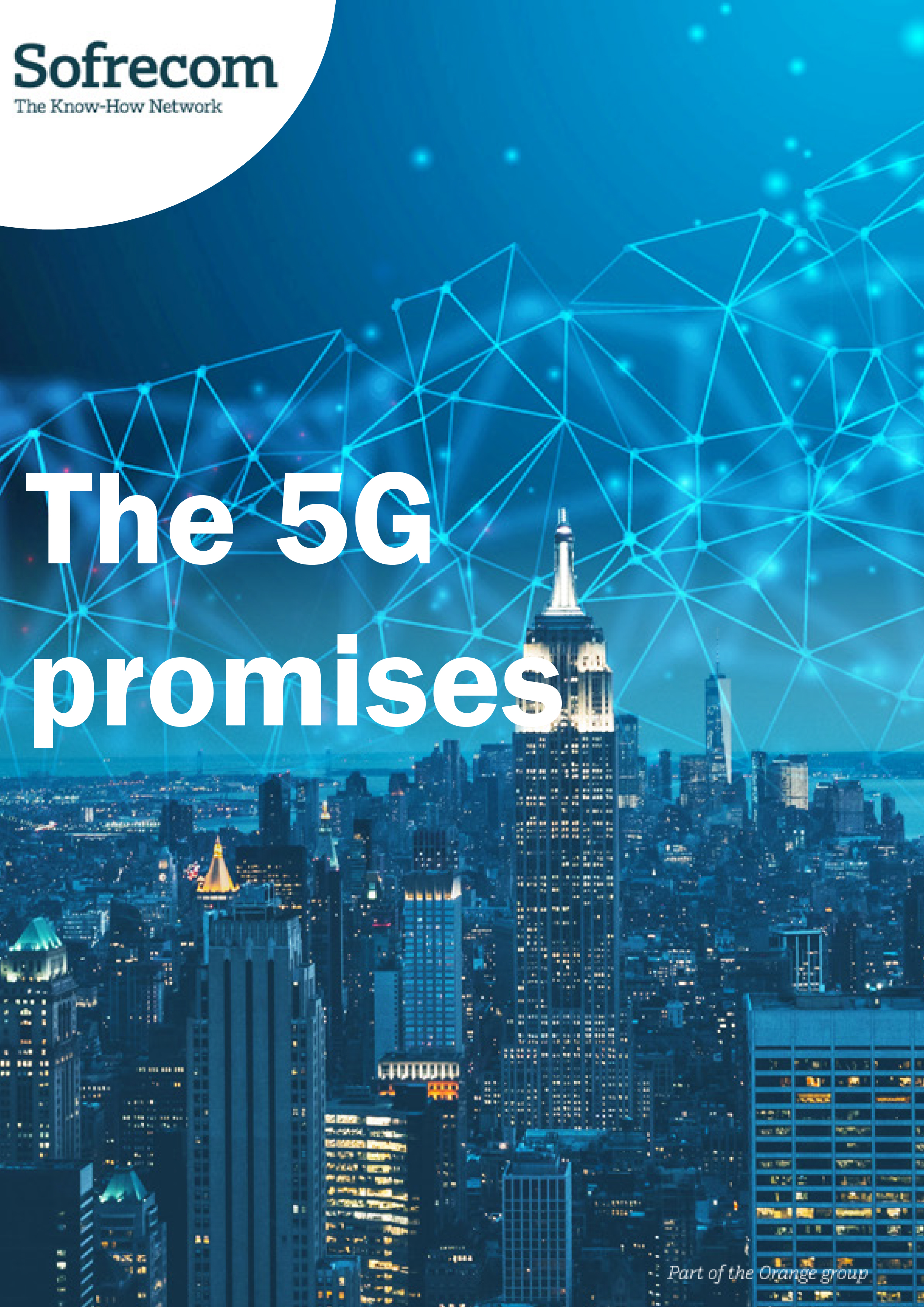
Our client, a wholesale operator, was examining the impact of 5G on its activities and more generally the added value of 5G standalone across the wholesale value chain.
Challenges
Therefore, he called on our strategic marketing experts to identify new market opportunities (creation of new pockets value, emergence of certain categories of disruptive players) and to anticipate the impacts of 5G standalone on all the following aspects:
- Competition from towercos, hyperscalers, neutral hosts, MVNE
- Business model: development of usage-based models, infrastructure sharing
- New offers: slicing, edge computing, small cells, virtualized MVNOs...
The study carried out by Sofrecom experts was structured in three sub-domains relevant to the wholesale market: infrastructure, connectivity, virtualization services. It allowed in a later stage to analyze the different use cases by domain. The objective being to identify the priorities for action from both a technical and commercial perspectives.
Market analysis and growth opportunity identification
To carry out this impact study, our experts relied on:
- Interviews with the main players in different markets (retail, B2B, wholesale)
- Various market studies (Strategy Analytics, STL partners, Idate...)
- Positioning studies of different vendors (such as Nokia, AWS, ...)
- Technical studies carried out internally by the Innovation division: steps to introduce slicing, MVNO architectures in the 5G world, etc.
These analyses made it possible to identify 3 main types of opportunities:
- Connectivity: which concerns in particular the impact of retail offers (including B2B IoT) on the wholesale value chain with, for example, the possible emergence of vertical MVNOs (i.e., industrial players who would extend their field of expertise to 5G mobile services by becoming MVNOs)
- Virtualization: including the development of slicing, Network as a Service (NFV) offers, etc.
- Infrastructures: including the implementation of Mobile Edge Computing and small cells.
Use cases and value proposition description
For the second part of our mission, our team focused on describing the use cases, according to the following model:
- Generic definition
- Simplified target architecture
- Benefits for the end customer
- Value proposition for our client
These elements of description were also backed by contextual elements aiming at facilitating commercial addressing for our customer: regulation, typology of customers, addressing priority...
Results
At the end of this study, our client has a prioritized list of about twenty use cases.




